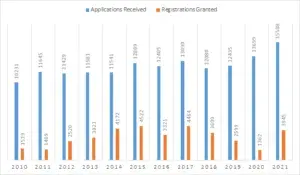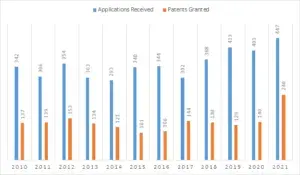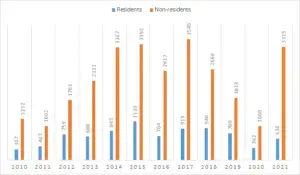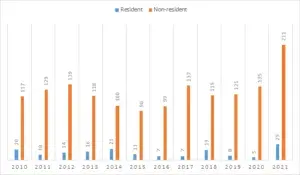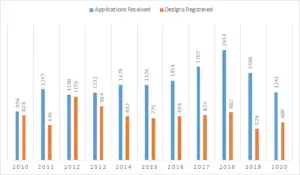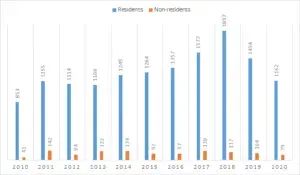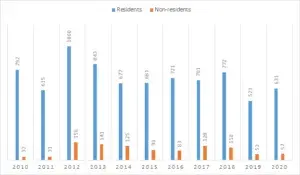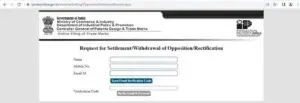Virat Kohli- Bowled over by Copyright Misuse?
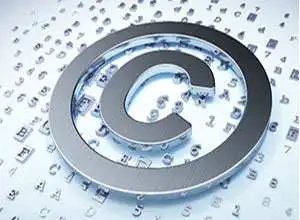
By Vikrant Rana and Pranit Biswas
In the modern age of unceasing celebrity adulation, the paparazzi is an often vilified organism. It has always been pitched as a battle between the private lives of celebrities, and the relentless hunger of the paparazzi’s lenses, seeking profit from unearthing scandals in the private lives of the rich and famous. But tables have turned of late, when celebrities, looking to post content designed to start a buzz, are in fact pilfering paparazzi photos to post on their own social media. Coming a full circle, media agencies have started suing celebrities for copyright infringement for taking paparazzi photos and sharing them without license or consent.
In 2012, French magazine Closer was sued by the Duchess of Cambridge, Kate Middleton, when they had published photographs of her, without her consent, while she was on vacation with her family. The magazine was ordered to hand over all the digital copies of the impugned photographs, and even paid a fine of Euros 2,000[1]. Contrast that with the case of the internationally renowned supermodel, Gigi Hadid, being sued by a media agency, Xclusive-Lee[2] in 2019 for using a photograph taken by paparazzi on her social media without their consent.
Recently, former Indian cricket captain, Virat Kohli was in Leicester, England, playing a test-match series, when John Mallet, a photographer for Leicestershire and ECB, took some shots of him which the cricketer later shared from his official social media handles. Seeing this, the photographer was amazed and instantly replied “Hugely humbled that one of the world’s greatest players chose to use some of my images from the game with @leicsccc on his personal media accounts. A privilege to have been able to capture these shots. Thanks to VK & every one @BCCI for your support[3]”.
While in this particular instance, the photographer reacted positively to the situation, given the Gigi Hadid case, we can see that paparazzi may very well stake their copyright claim on pictures captured by them, even when voluntarily shared by the subject celebrity, but ignoring accreditation of source, license or permission to use prima facie copyrighted third party material.
Laws in India
Under Section 2(d)(iv) of the Copyright Act, 1957, it is clear that any person taking a photograph is the author of that work, and the copyright is explicitly provided for under Section 17 of the Act. A photograph is considered to be an artistic work for the purpose of Indian copyright law (Section 2(c)(i) of the Act).
While personality rights have not yet been indoctrinated under law in India, unlike several Western nations, but the principle has been upheld in various Supreme Court judgements. In the ICC Development case[4], the Hon’ble Supreme Court had held that a person’s voice, signature and traits would constitute their personal rights. Additionally, in Titan Industries Ltd vs. Ramkumar Jewellers[5], regarding ‘personality rights’, the Court had stated that it is an “enforceable right in the identity or persona of a human being.”
Under these circumstances, it is clear that, by the operation of Indian law, John Mallet was in fact the rightful copyright owner of the pictures taken of Virat Kohli, and that the former Indian skipper’s action of sharing them on social media without his consent could have been called out as copyright infringement.
Do the Subject Celebrities have any Rights?
In the case of Garware Plastics and Polyester v. Telelink and Ors[6], the question of a subject celebrity’s recourse to the defence of fair use was dealt with. It was held that:
No celebrity would be able to claim fair use or fair dealing under Section 52 of the Copyright Act, with respect to copyrighted photographs, as even though the Act provides for “private and personal use”, sharing of the photograph on a public account is beyond the scope of public communication and has a clear commercial aspect. Communication is only considered private, when it is made to a restricted audience. Posts made on social media do not have the privilege of being called private communication when they are made on a public account. Since the owner of a copyright possess the right of communication to the public, and posting of such photograph prima facie amounts to ‘public communication’, an assertion of fair use by the celebrity in such context, would not be construed as a valid defense, as it is the exclusive right of the owner.
But what if the Photograph is not Copyrighted?
In the Gigi Hadid case, Ms Hadid took the defense that since she had posed for the photograph and was in charge of her appearance, she should be considered a joint co-author of the work. For a photograph, the subject matter does play a role in the rights of the work. However, in the present case, while Gigi Hadid ultimately prevailed, the same was not because the Learned Judge accepted the argument of co-authorship, but because the paparazzi agency did not possess a copyright registration over the photo in question prior to filing the suit, although they had filed an application and the same was pending at that time.
However, what was deemed as more controversial by many commentators at that time was that the Court’s decision was predicated upon a Supreme Court ruling (in Fourth Estate Public Benefit Corp. v. Wall-Street.com, LLC[7]) which was passed subsequent to filing of the suit! The said SCOTUS case basically ruled that copyright registration is a pre-requisite for making a case of infringement (which, as many readers would note, is not a pre-requisite in India, or in fact in any state signatory to the Berne Convention). Thus, the Court did not adjudge upon the rather crucial question of whether such celebrities can be considered to be co-authors and/or if such usage falls under the ambit of fair-use.
In the aforementioned case of Gigi Hadid, a four pronged argument was made on the basis of these factors and fair use was asserted.
- She argued that the purpose of re-sharing the photograph was purely personal and not commercial, and thus it shouldn’t constitute a violation of the copyright.
- Secondly, the candid photograph clicked on the streets made it a factual work and not a creative one, since no set-up or preparation was involved.
- Additionally, since Hadid used only a part of the photograph and not the entire image (as the image was purportedly cropped to increase the focus on her), a significant amount of the work was not used.
- Lastly, as Hadid used the work after it had already been published, there was thus no real impact on the economic output of the photograph borne out of her act.
Under US copyright laws, an ambiguity can be seen as an author is defined as “Since 1978, other than as an employee, the creator of a work owns the copyright, unless the creator transfers the rights to another in writing,” whereas in India the definition of an author is much clearer as laid down in Section 2(d) of the Copyright Act, where an author has been defined: “in relation to a photograph, the person taking the photograph”.
Internationally, even in nations where moral rights, as a necessary addition to standard copyright, is recognized and maintained, vis-à-vis photographs, the moral rights still stand vested with the author, that is the photographer. However, ethical debates rage on regarding the moral rights of the subjects of photographs[8], and whether they must in fact relinquish all rights in the use of their image once it has been captured. While in cases where the subjects have provided express consent, the matter is more clear cut, in cases of paparazzi photos, which are almost always without any form of consent of the subjects, the right of the subject to use or prevent use of such photos may be discussed with a view on the broader principle of moral rights in copyrighted works alongside the more traditional argument of violation of right to privacy.
Conclusion
There is a need for the courts and Legislature to balance the interests of both, celebrities and photographers. There is no doubt, that sharing paparazzi photographs is a violation of the copyright held by the photographers under Indian copyright law, insofar as the fact that the photographer is the author as well as first owner of the photograph according to Section 2(c)(i) read with 2(d) of the Copyright Act, 1957. Thus, in order to factor in the current paradigm regarding celebrities and paparazzi photographers, the question of co-authorship, or even co-ownership, in this context, needs to be specifically addressed.
A legislative change, either by way of amendment to the Act, or by judicial interpretation, is the only way to ensure that rights and liabilities are balanced in similar scenarios. There has been limited judicial research into this topic, although the ownership of the copyright is not in question. An approach to personality rights in a detailed manner, which would further outline the relationship in question, has become a requirement. Especially in this day and age, a balanced and holistic view is the need of the hour, which provides for a mutually profitable ecosystem.
This article was first published on Bar & Bench here .
[1] Celebs sued paparazzi going far
[2] Xclusive-Lee, Inc. v. Hadid, 19-CV-520 (PKC) (CLP) (E.D.N.Y. Jul. 18, 2019)
[3] Leicestershire photographer reacts after virat kohli uses photos on twitter clicked by him during warm up game article
[4] ICC Development (International) Ltd. v. Arvee Enterprises and Anr., 2003 (26) PTC 245.
[5] Titan Industries Ltd v. Ramkumar Jewellers, 2012 (50) PTC 486 (Del).
[6] AIR 1989 Bom 331
[7] FOURTH ESTATE PUBLIC BENEFIT CORP. v. WALLSTREET.COM, LLC, ET AL. CERTIORARI TO THE UNITED STATES COURT OF APPEALS FOR THE ELEVENTH CIRCUIT No. 17–571. Argued January 8, 2019—Decided March 4, 2019; CERTIORARI TO THE UNITED STATES COURT OF APPEALS FOR THE ELEVENTH CIRCUIT
[8] Grossl Katz Ruby Image Ethics The Moral Rights of Subjects in Photographs Film and Television
Related Posts
Protection of Personality and Image Rights in India
Copyright regarding Paparazzi photos: Where does the liability lie?

